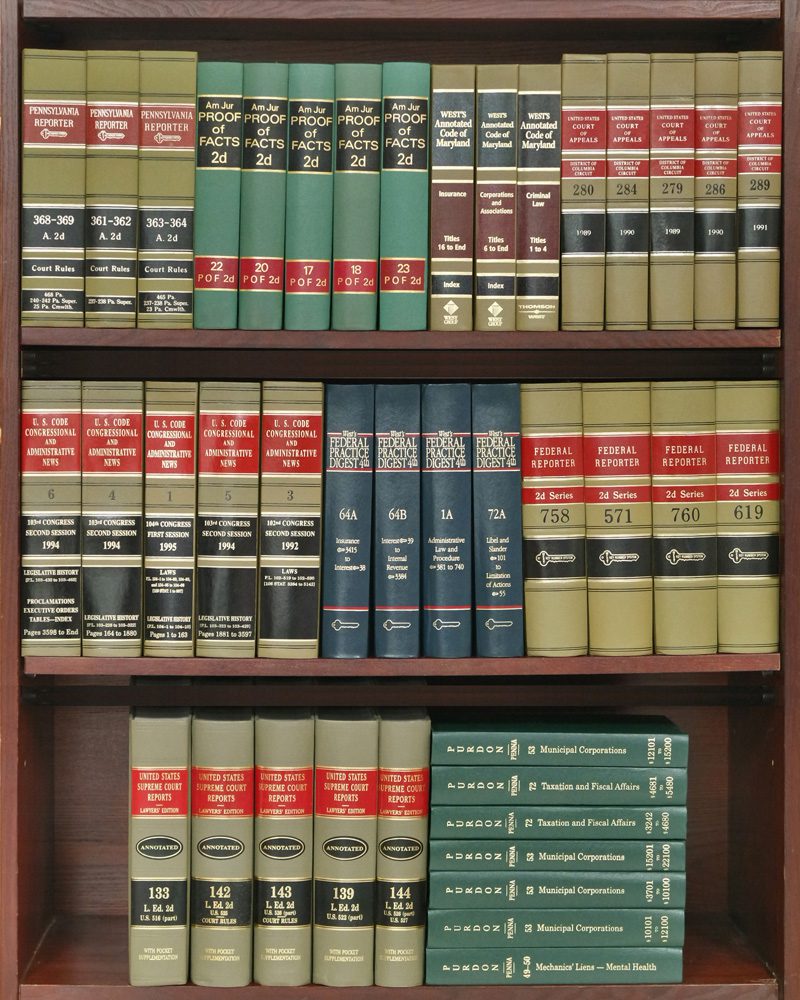M/s. National Laminate Corporation v. The Cosmos Co-operative Bank Ltd. & Anr.
M/s. National Laminate Corporation
…Appellant
The Cosmos Co-operative Bank Ltd. & Anr.
…Respondent
Case No: Appeal No. 37/2022
Date of Judgement: 08/08/2023
Judges:
Mr Justice Ashok Menon, Chairperson
For Appellant: Mr. Rohit Gupta along with Mr. Alok Mishra, Advocate.
For Respondent: Mr. Rishabh Shah, i/b M/s. Raval-Shah & Co., Advocate.
Download Court Copy CLICK HERE
Facts:
M/s. National Laminate Corporation, a partnership firm, filed an appeal against the order of the Debts Recovery Tribunal (DRT) dismissing its Securitization Application (S.A.) No. 119/2016. The subject property is situated at Glow Metal Compound, Safed Pool, Village Mohili, Sakinaka, Taluka Kurla, admeasuring about 2,299 square yards. M/s. National Laminate Corporation (appellant) claimed that its sole proprietor, Mr. Jayantilal L. Nisar, took the subject property on lease from M/s. Subhnen Ply Pvt. Ltd. (2nd respondent) on 01.09.2000 for an annual rent of ₹60,000, which was later enhanced to ₹1,20,000 after eighteen months through an unregistered lease deed. In 2008, the sole proprietorship was converted into a partnership firm, and Ms. Gunvantiben Nenshi Shah, wife of Mr. Nenshi L. Shah (director of the 2nd respondent company), was made a partner. The Cosmos Co-operative Bank Ltd. (1st respondent) had granted a loan to the 2nd respondent company and had a mortgage over the subject property, executed on 22.06.1998. The loan was classified as a Non-Performing Asset (NPA) on 31.03.2012, and the 1st respondent bank initiated proceedings under the Securitization and Reconstruction of Financial Assets and Enforcement of Securities Interest Act, 2002 (SARFAESI Act) to take possession of the secured assets, including the subject property. The appellant firm filed a suit (R.A.D. Suit No. 614/2014) before the Small Causes Court, Mumbai, seeking a declaration of its tenancy rights and an injunction against the 2nd respondent company. The 1st respondent bank also filed a case (No. 154/SA/2015) before the Chief Metropolitan Magistrate Court (C.M.M.), Mumbai, under Section 14 of the SARFAESI Act to take possession of the subject property. The C.M.M. ordered the Assistant Registrar to take possession of the property on 18.06.2015, which was challenged by the appellant in the Bombay High Court and the Supreme Court, leading to the order being set aside on 20.01.2016. However, the C.M.M. passed another order on 30.07.2016, deputing an Advocate Commissioner to take over possession of the property, leading the appellant to file S.A. No. 119/2016 before the DRT.
Arguments by the Appellant:
The appellant argued that the subject property was taken on a valid lease by its sole proprietor, Mr. Jayantilal L. Nisar, on 01.09.2000, and the rent receipts were issued by the 2nd respondent company. The appellant claimed that the 2nd respondent company acknowledged the tenancy by accounting for the rent received in its audited statements and claiming standard deduction under the Income Tax Act. The appellant filed a suit (R.A.D. Suit No. 614/2014) before the Small Causes Court, Mumbai, to protect its tenancy rights and obtained a temporary injunction against the 2nd respondent company. The appellant relied on the Supreme Court’s decision in Civil Appeal No. 422/2016, which set aside the orders of the C.M.M. and the Bombay High Court, to argue that its tenancy rights should be protected.
Arguments by the 1st Respondent (Cosmos Co-operative Bank Ltd.):
The 1st respondent bank argued that the mortgage agreement with the 2nd respondent company was executed in 1998, and the alleged lease was created in 2000, after the mortgage. The bank contended that the 2nd respondent company had no right to create a lease over the mortgaged property under Section 65-A of the Transfer of Property Act. The bank alleged collusion between the appellant and the 2nd respondent company, as one of the directors of the 2nd respondent company, Ms. Gunvantiben Nenshi Shah, was made a partner in the appellant firm, and she is the wife of the mortgagor, Mr. Nenshi L. Shah. The bank further claimed that the appellant, Mr. Jayantilal Lakhamshi Nisar, is the brother-in-law of Mr. Nenshi L. Shah, indicating a collusive arrangement. The bank argued that the recital in the rent deed for enhancing the rent after eighteen months was suspicious. The bank contended that the tenancy executed on an unregistered document was not acceptable and that the mortgagor was guilty of suppressing facts. The bank relied on the Supreme Court’s decision in Bajarang Shyamsundar Agarwal vs. Central Bank of India & Ano. (2019) 9 SCC 94, which held that if a tenancy comes into existence after the creation of a mortgage but before the issuance of notice under Section 13(2) of the SARFAESI Act, it must satisfy the conditions of Section 65-A of the Transfer of Property Act. The bank argued that the C.M.M. had rightly considered the application under Section 14 of the SARFAESI Act and directed the Advocate Commissioner to take over possession of the subject property.
Court’s Elaborate Opinions:
The Debts Recovery Appellate Tribunal (DRAT) observed that the mortgage of the property was much prior to the alleged lease, and no rent receipts were produced for the period before 2008. The DRAT noted that the rent receipts produced from 2008 onwards were subsequent to the creation of the firm by inducting Ms. Gunvantiben Nenshi Shah as a partner, which, according to the bank, was done with a specific purpose. The DRAT found it pertinent that the lease deed was not registered despite the statutory provision requiring registration of year-to-year leases. The DRAT observed that the suit before the Small Causes Court appeared to be collusive, as only the company was made a defendant, and they were not likely to defend the suit. The DRAT opined that the creation of the firm was consequent to the classification of the debt as an NPA, which further bolstered the bank’s case that a fictitious tenancy was being created to stall the SARFAESI measures. The DRAT held that the Supreme Court’s decision in Civil Appeal 422/2016, setting aside the Bombay High Court’s order, was of no avail since nothing specific was stated therein to establish the tenancy in favor of the appellant. The DRAT referred to the Supreme Court’s decision in Bajarang Shyamsundar Agarwal vs. Central Bank of India & Ano. (2019) 9 SCC 94, which held that if a tenancy comes into existence after the creation of a mortgage but before the issuance of notice under Section 13(2) of the SARFAESI Act, it must satisfy the conditions of Section 65-A of the Transfer of Property Act. The DRAT observed that there was no indication that the mortgage was created with the concurrence and consent of the 1st respondent bank. The DRAT held that the claim of the appellant was not supported by cogent or conclusive evidence, and there was serious doubt about the bona fides of the tenancy due to a lack of sufficient evidence. The DRAT found no reason to overturn the decision of the DRT, which had discussed the evidence and materials on record at great length and concluded that the tenancy was bogus and collusive.
Cases Cited:
Vishal N. Kalsaria v. Bank of India and Ors. (2016) 3 SCC 762
Harshad Govardhan Sondagar vs. International Asset Reconstruction Company Ltd. (2014) 6 SCC 1
Bajarang Shyamsundar Agarwal vs. Central Bank of India & Ano. (2019) 9 SCC 94
Hemraj Ratnakar Salian vs. HDFC Bank Ltd. 2021 SCC OnLine SC 611
Sections and Laws Referred:
Securitization and Reconstruction of Financial Assets and Enforcement of Securities Interest Act, 2002 (SARFAESI Act)
-
- Section 13(2) (Demand notice)
- Section 14 (Chief Metropolitan Magistrate’s power to assist secured creditors in taking possession)
- Section 17(1) (Right to appeal)
- Section 17(4A) (DRT’s jurisdiction to examine the validity of leases/tenancies)
Transfer of Property Act
-
- Section 65-A (Mortgagor’s power to lease)
Maharashtra Rent Control Act
-
- Section 55 (Requirement for registration of tenancy agreements)
Registration Act (Requirement for registration of leases)
Stamp Act (Requirement for stamp duty on lease deeds)










